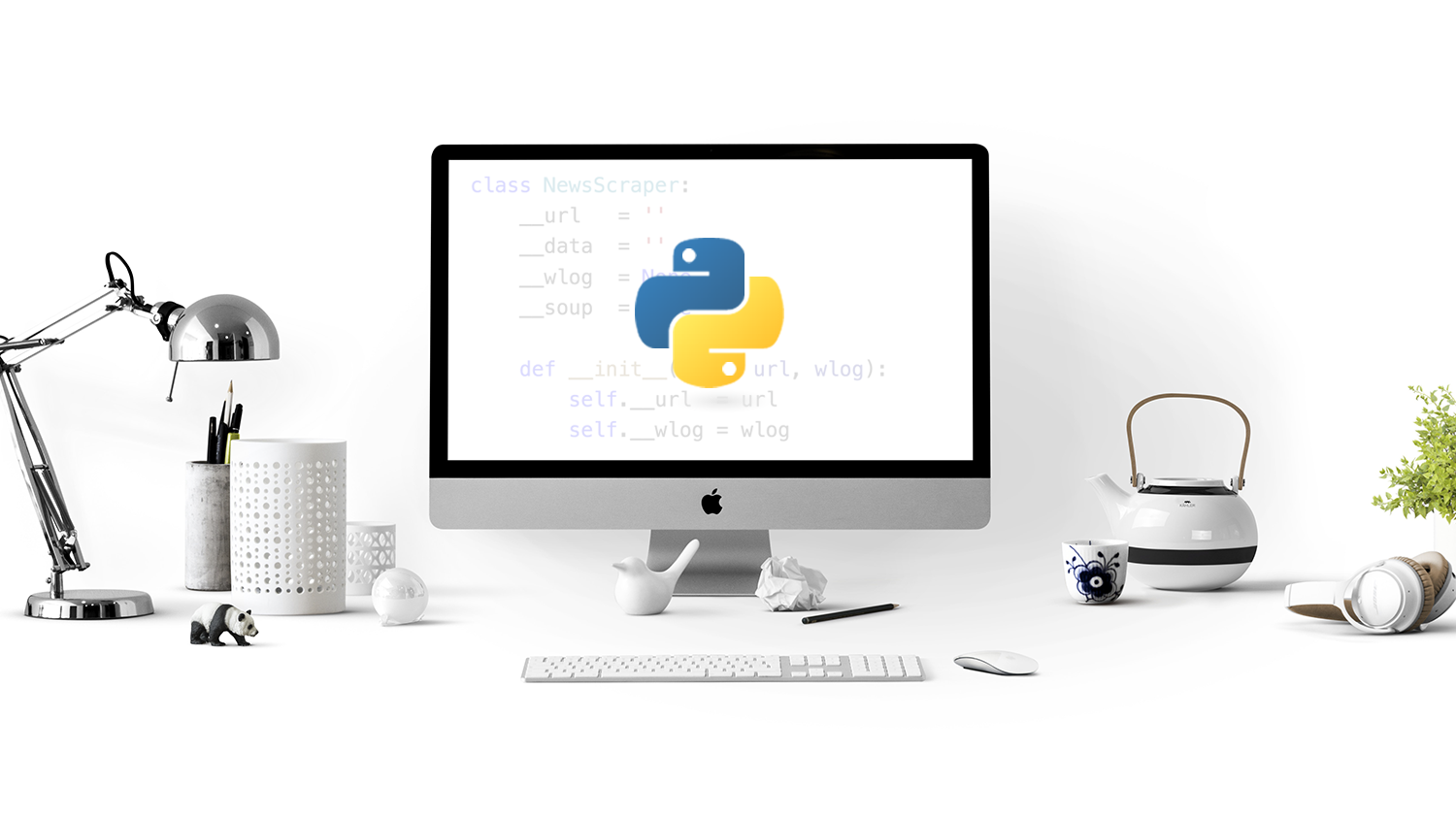
OVERVIEW
This course is an introduction to computer programming and software development using the Python programming language. Python is perhaps the most powerful and versatile programming language today. It is used to run websites, perform scientific and statistical analyses, and automate a wide variety of computer and system administration tasks. It is also used widely in various cybersecurity applications.
In spite of its power, Python is one of the easiest programming languages to learn. This makes it an ideal language for learning modern computer programming and software development concepts, which is the objective of this course. In this course, you will learn how to develop, test, and debug computer programs in Python. You will also get an introduction to software development as a process. The core concepts learned in this class are relevant across all modern programming languages and software development projects
In this training program or course we introduce Python language to student. After completion, the student will be able to write non trivial (To write a program if you do not need existing library) Python programs dealing with a wide variety of subject matter domains. Topics include language fundamentals, the IDLE environment, control flow constructs, strings, I/O, collections, classes, modules, and regular expressions


Students should have experience performing basic computer and file management tasks on a modern operating system such as Windows, Mac OS X, or Linux. Students should have good problem solving and logical thinking skills. So this course is designed for anyone who needs to learn how to write programs Python
You have to know about at least one programming language like C, C++, Java, C#, VB etc.